Business Reception Desk
Designing an Efficient Business Reception Desk Layout
Designing an efficient business reception desk layout is a critical aspect of creating a welcoming and functional environment for both visitors and employees. The reception area often serves as the first point of contact for clients and guests, making it essential to leave a positive and lasting impression. To achieve this, several key elements must be considered, ranging from the desk’s physical design to its strategic placement within the space.
Firstly, the size and shape of the reception desk should be proportionate to the overall area of the reception space. A desk that is too large can overwhelm the room, while one that is too small may not provide adequate space for necessary tasks. It is important to strike a balance that allows for both functionality and aesthetics. Additionally, the shape of the desk can influence the flow of traffic. For instance, a curved or circular desk can facilitate smoother movement around the area, whereas a linear design might be more suitable for narrower spaces.
Moreover, the materials used in constructing the reception desk play a significant role in its durability and appearance. High-quality materials such as wood, metal, or glass not only enhance the desk’s visual appeal but also ensure longevity. The choice of materials should align with the overall design theme of the business, whether it be modern, traditional, or minimalist. Furthermore, incorporating elements such as ergonomic design can enhance comfort for receptionists who spend extended periods at the desk, thereby improving productivity and job satisfaction.
In addition to the physical attributes of the desk, its functionality is paramount. The desk should be equipped with sufficient storage solutions to keep the area organized and clutter-free. Drawers, shelves, and compartments can help store essential items such as office supplies, documents, and personal belongings. This organization not only contributes to a tidy appearance but also allows receptionists to efficiently manage their tasks without unnecessary distractions.
Transitioning to the technological aspects, integrating technology into the reception desk can significantly enhance its efficiency. For example, incorporating a computer system with access to scheduling software can streamline appointment management. Additionally, providing charging stations for electronic devices can be a thoughtful touch for both employees and visitors. The inclusion of a telephone system with multiple lines ensures effective communication, while a security system can enhance safety and control access to the premises.
Furthermore, the strategic placement of the reception desk within the space is crucial for optimizing its functionality. Ideally, the desk should be positioned in a location that is easily visible and accessible from the entrance. This placement not only facilitates a smooth flow of traffic but also allows receptionists to monitor incoming and outgoing visitors effectively. Additionally, ensuring that the desk is well-lit can create a warm and inviting atmosphere, while also enabling receptionists to perform their duties with ease.
In conclusion, designing an efficient business reception desk layout involves a careful consideration of various elements, including size, shape, materials, functionality, technology integration, and strategic placement. By thoughtfully addressing these aspects, businesses can create a reception area that not only enhances the overall aesthetic appeal but also improves operational efficiency. Ultimately, a well-designed reception desk serves as a vital component in establishing a positive first impression and fostering a welcoming environment for all who enter.
The Role of Technology in Modern Reception Desks
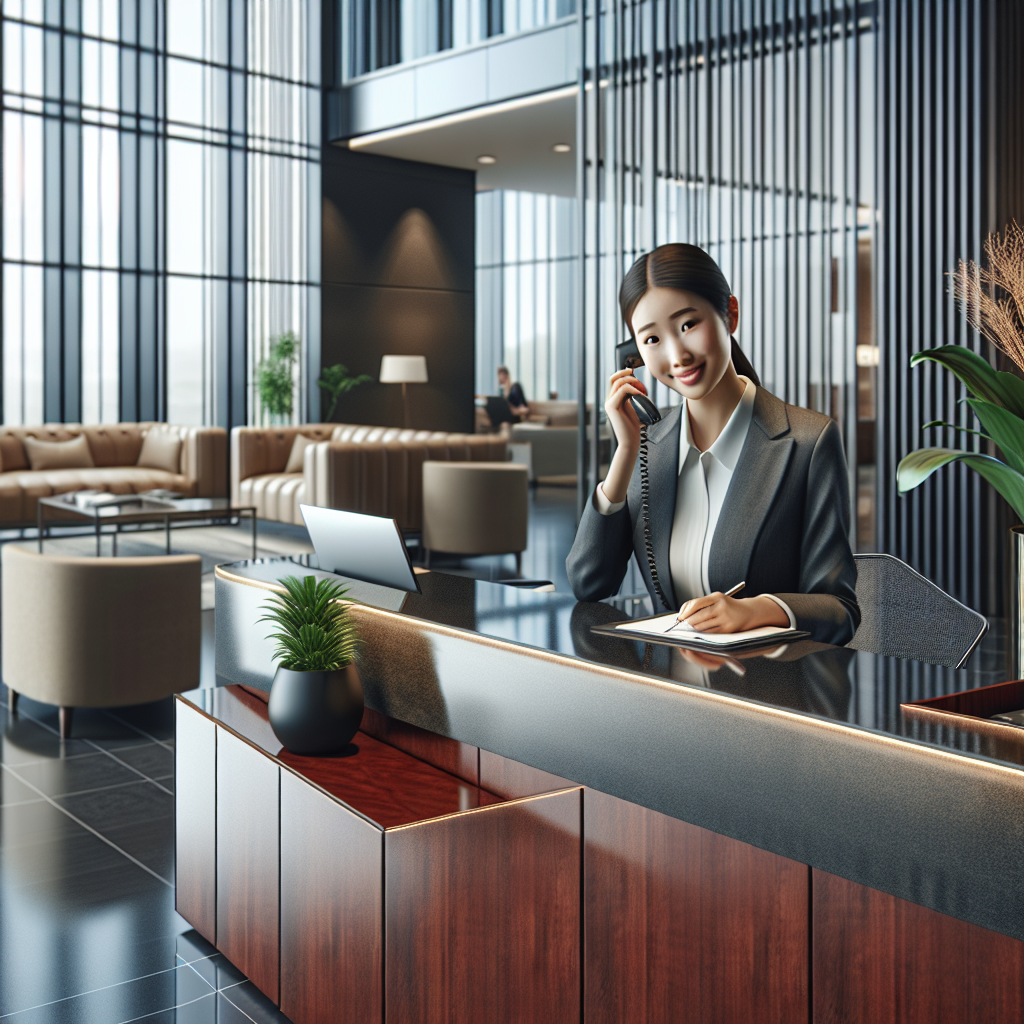
In the contemporary business environment, the reception desk serves as the first point of contact between a company and its clients, visitors, or potential partners. As such, it plays a crucial role in shaping the initial impressions of the organization. In recent years, the integration of technology into reception desks has transformed this traditional space into a dynamic hub of efficiency and innovation. This evolution is not merely a trend but a necessity, driven by the increasing demands for enhanced customer experience and operational efficiency.
To begin with, the incorporation of digital check-in systems has revolutionized the way visitors are welcomed and processed. These systems allow for a seamless and swift registration process, reducing wait times and minimizing the need for manual data entry. By utilizing tablets or kiosks, visitors can input their information directly, which is then automatically stored in a digital database. This not only streamlines the visitor management process but also enhances data accuracy and security. Furthermore, digital check-in systems can be integrated with pre-registration features, enabling guests to register their visit in advance, thus expediting their arrival process.
In addition to digital check-in systems, the use of virtual receptionists has gained traction. These AI-powered systems can handle a variety of tasks traditionally managed by human receptionists, such as answering frequently asked questions, directing calls, and scheduling appointments. Virtual receptionists are available 24/7, ensuring that inquiries are addressed promptly, even outside of regular business hours. This technological advancement not only reduces the workload on human staff but also ensures that the reception desk remains responsive and efficient at all times.
Moreover, the implementation of smart security systems at reception desks has significantly enhanced the safety and security of business premises. Biometric scanners, such as fingerprint or facial recognition systems, provide an additional layer of security by ensuring that only authorized individuals gain access to certain areas. These systems can be seamlessly integrated with visitor management software, allowing for real-time monitoring and tracking of visitor movements within the facility. Consequently, businesses can maintain a secure environment while also providing a welcoming experience for their guests.
Another noteworthy technological advancement is the use of digital signage at reception desks. Digital displays can be utilized to convey important information, such as company news, event schedules, or emergency alerts, in a visually engaging manner. This not only keeps visitors informed but also enhances the aesthetic appeal of the reception area. Additionally, digital signage can be customized to reflect the company’s branding, thereby reinforcing its corporate identity.
Furthermore, the integration of IoT (Internet of Things) devices into reception desks has opened new avenues for enhancing visitor experience. IoT-enabled devices can automate various aspects of the reception area, such as lighting, temperature control, and even scent diffusion, creating a comfortable and welcoming atmosphere. These devices can be programmed to adjust settings based on the time of day or the number of visitors, ensuring optimal conditions at all times.
In conclusion, the role of technology in modern reception desks is multifaceted, encompassing visitor management, security, communication, and ambiance. By embracing these technological advancements, businesses can not only improve operational efficiency but also create a positive and lasting impression on their visitors. As technology continues to evolve, it is imperative for organizations to stay abreast of these developments and integrate them into their reception areas, thereby ensuring that they remain competitive in an increasingly digital world.
Enhancing Customer Experience at the Reception Desk
The reception desk serves as the first point of contact between a business and its clients, playing a pivotal role in shaping the initial impressions that visitors form. As such, enhancing the customer experience at the reception desk is crucial for businesses aiming to establish a positive and lasting relationship with their clientele. A well-organized and welcoming reception area can significantly influence a customer’s perception of the company, setting the tone for future interactions. Therefore, businesses must invest in creating a reception environment that is not only aesthetically pleasing but also functional and efficient.
To begin with, the physical layout of the reception desk should be designed with both aesthetics and practicality in mind. A clean, uncluttered desk conveys professionalism and attention to detail, while comfortable seating arrangements can make waiting times more pleasant for visitors. Additionally, incorporating elements such as plants, artwork, or branded materials can enhance the visual appeal of the space, making it more inviting. However, it is essential to strike a balance between decoration and functionality, ensuring that the reception area remains a practical space for both staff and visitors.
Moreover, the role of the receptionist is integral to the customer experience. Receptionists are often the first human interaction a visitor has with a company, and their demeanor can significantly impact the visitor’s overall impression. Therefore, it is vital for receptionists to be well-trained in customer service skills, including effective communication, empathy, and problem-solving. By greeting visitors with a warm smile and a friendly attitude, receptionists can make guests feel valued and respected. Furthermore, providing receptionists with the necessary tools and technology to efficiently manage inquiries and appointments can enhance their ability to serve customers promptly and accurately.
In addition to the physical and interpersonal aspects, technology plays an increasingly important role in modern reception areas. Implementing digital solutions such as electronic check-in systems or visitor management software can streamline the reception process, reducing wait times and improving overall efficiency. These technologies not only enhance the customer experience by providing a seamless and hassle-free check-in process but also allow businesses to maintain accurate records of visitor information, which can be valuable for security and follow-up purposes.
Furthermore, businesses should consider accessibility and inclusivity when designing their reception areas. Ensuring that the reception desk is easily accessible to individuals with disabilities is not only a legal requirement in many jurisdictions but also a reflection of the company’s commitment to inclusivity. Features such as wheelchair-accessible counters, clear signage, and hearing loop systems can make the reception area more accommodating for all visitors, thereby enhancing the overall customer experience.
Finally, feedback mechanisms can be instrumental in continuously improving the reception experience. Encouraging visitors to provide feedback on their experience at the reception desk can offer valuable insights into areas for improvement. Whether through digital surveys or suggestion boxes, gathering and analyzing customer feedback allows businesses to make informed decisions about changes or enhancements to their reception area.
In conclusion, the reception desk is a critical component of the customer experience, serving as the gateway to a business. By focusing on the physical environment, the skills of reception staff, the integration of technology, and the principles of accessibility and inclusivity, businesses can create a reception area that leaves a positive and lasting impression on visitors. Through continuous evaluation and adaptation, companies can ensure that their reception desk not only meets but exceeds customer expectations, ultimately contributing to the overall success of the business.
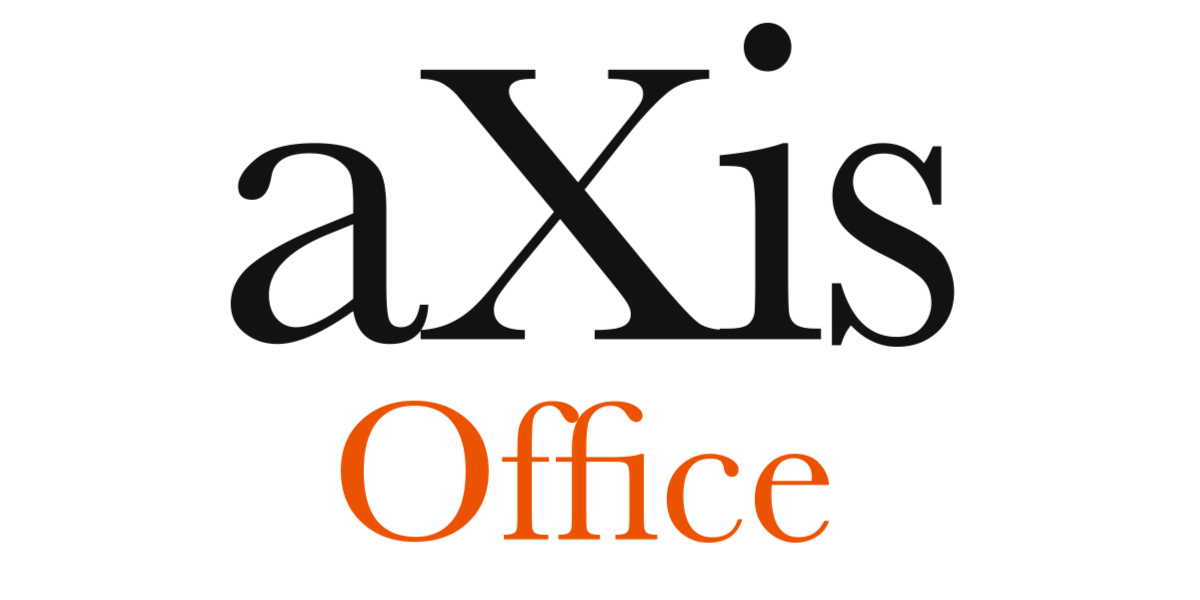
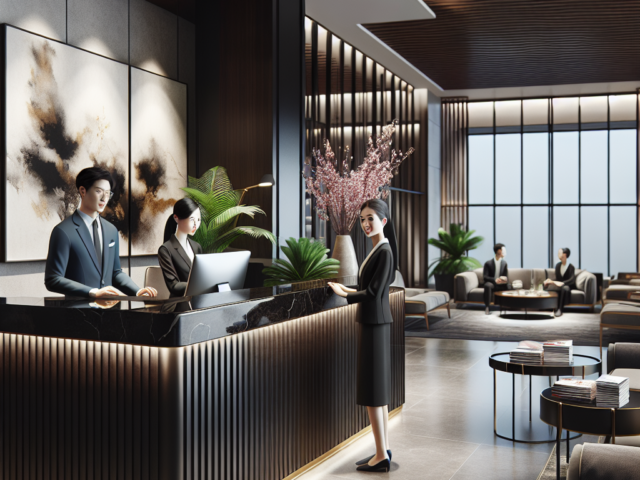
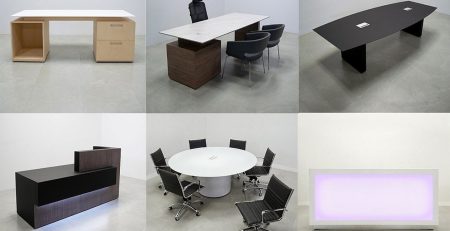

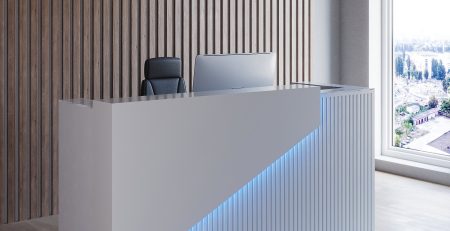
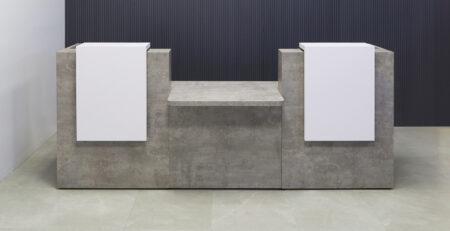
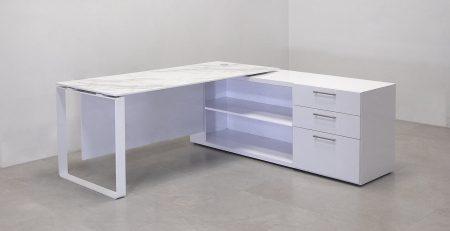
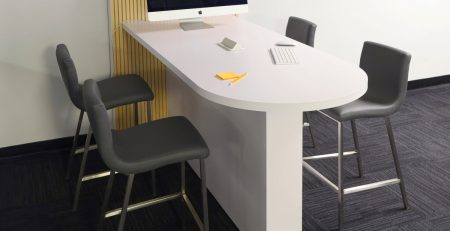
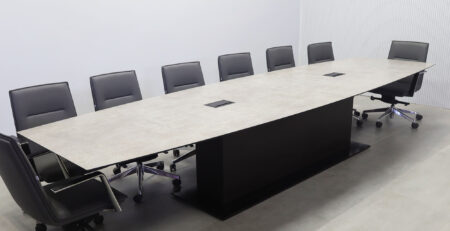
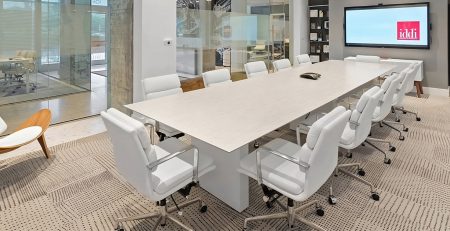

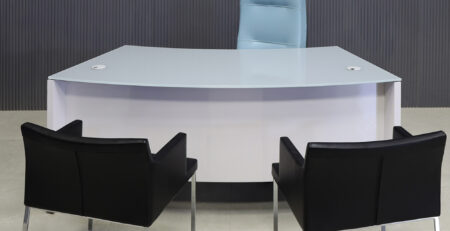
Leave a Reply